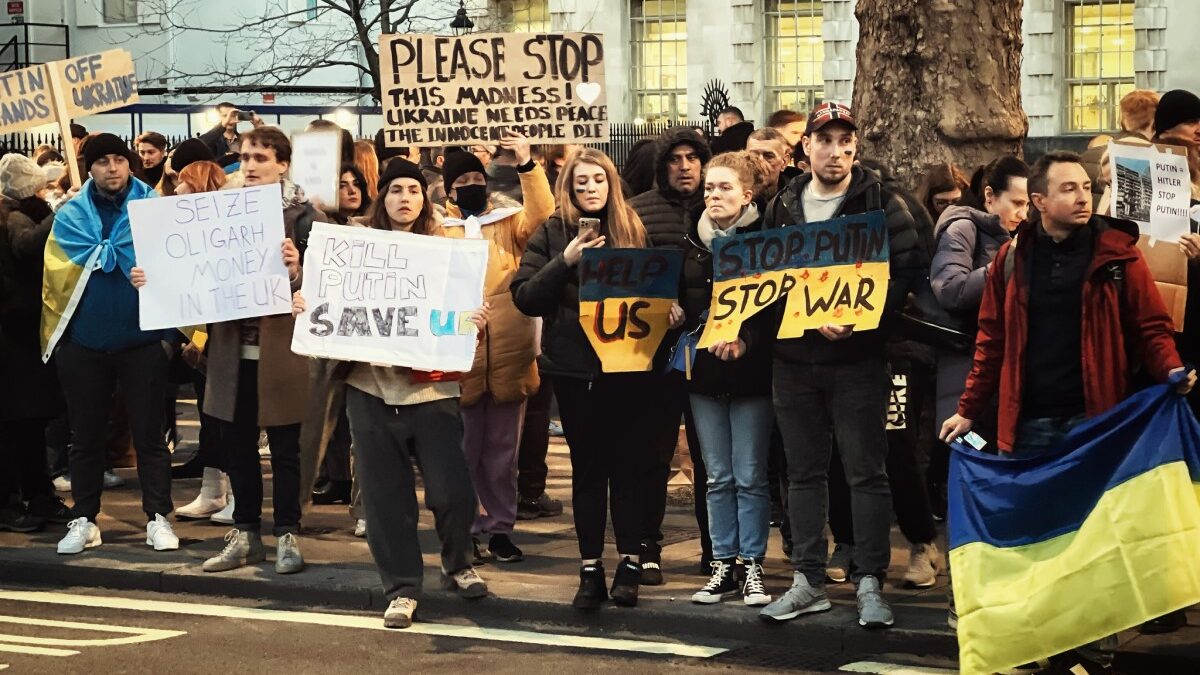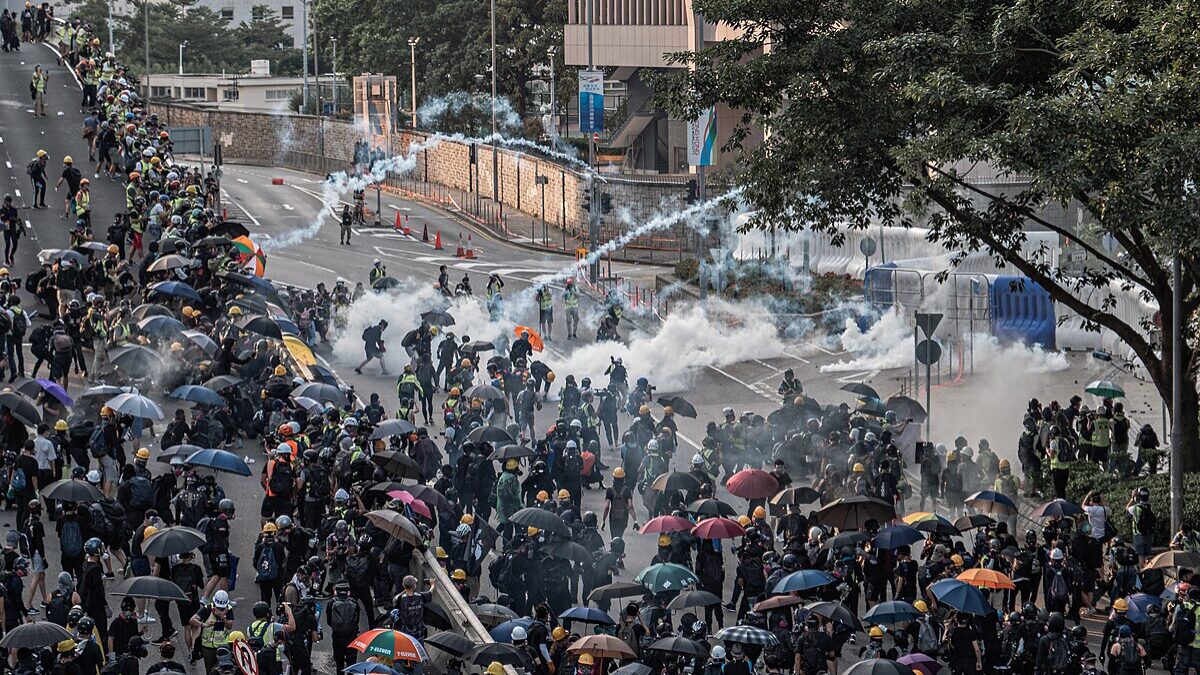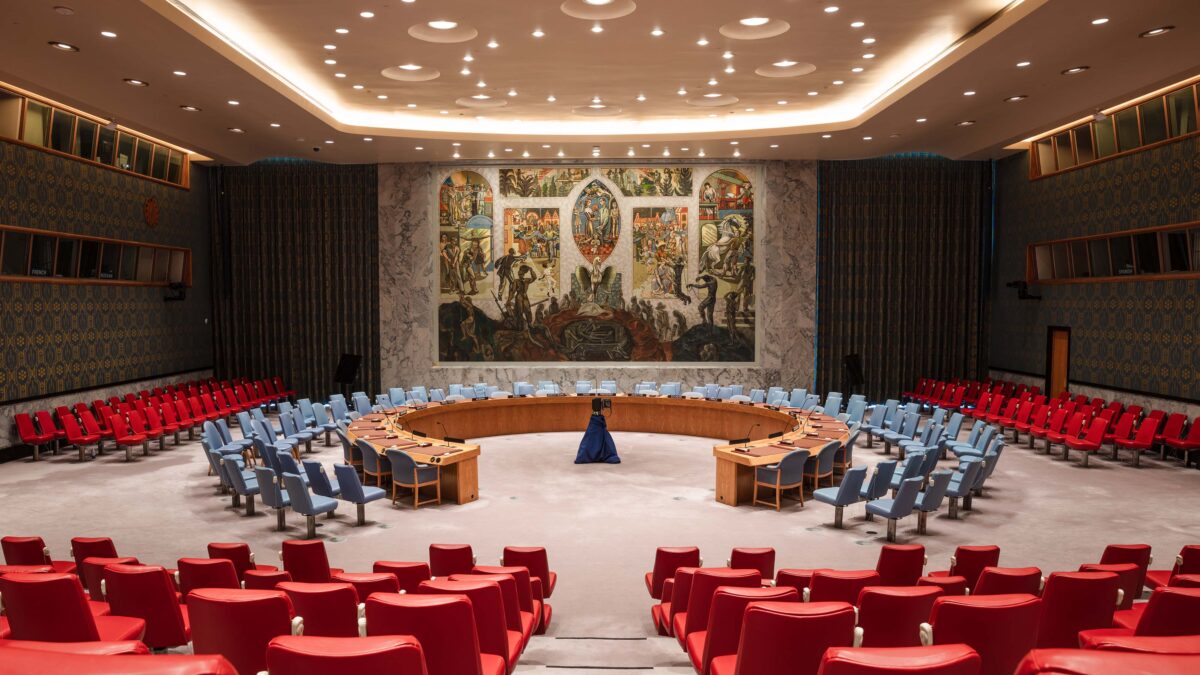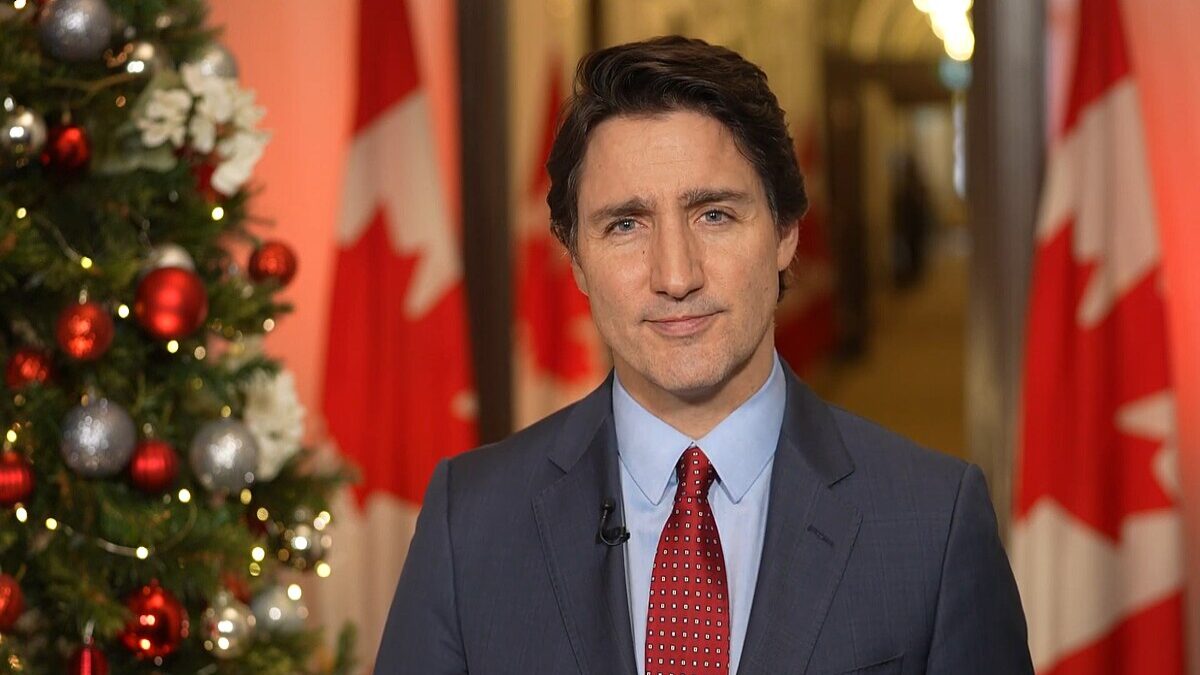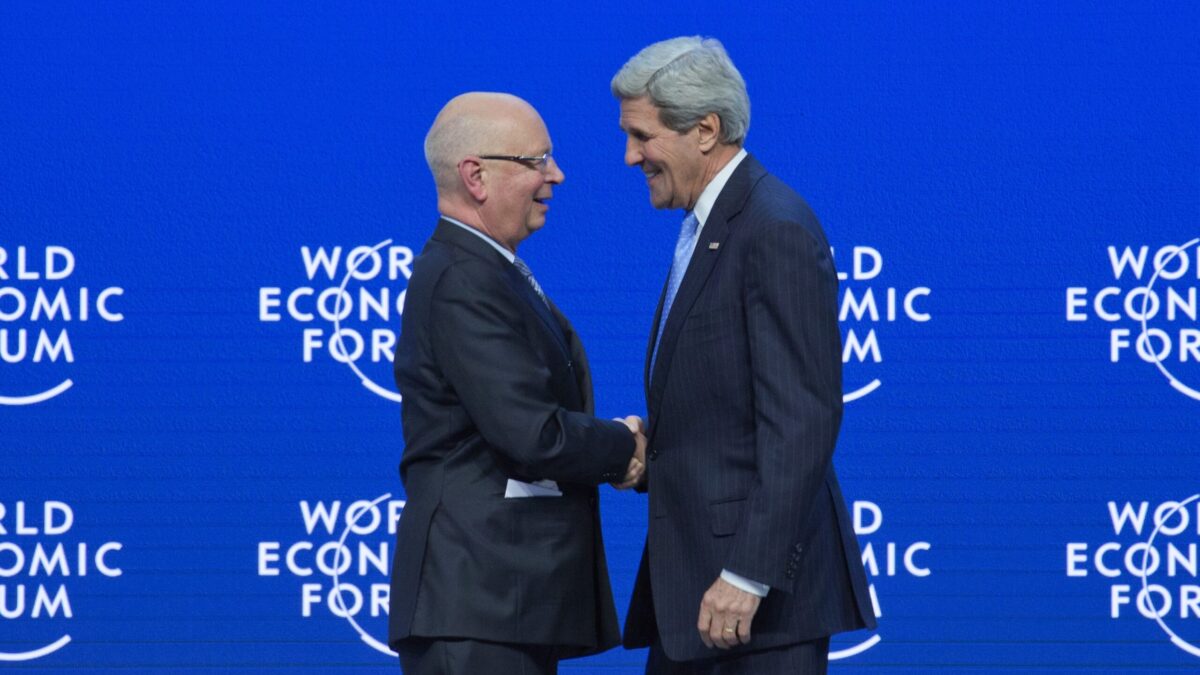It’s now five days since Russian President Vladimir Putin sent his mostly conscript army into Ukraine to overthrow the government of President Volodymyr Zelenskyy, and it hasn’t gone as planned. In what may signal frustration, Putin has put his nuclear forces on alert in one last desperate move to beat his chest and show the world who’s in charge.
Time has given some clarity to the operation and allows the drawing of some conclusions.
I’m a retired Army lieutenant colonel—an intelligence officer. My training, from 1983 to 2007, was a Cold War focus on the old Soviet Union, the predecessor state to the Russian Federation. Never in my time as an intelligence officer was I able to see the worst-case scenario of a large-scale conventional Russian attack in Europe—until now.
I’ve seen multiple reports of Russian conscripts who didn’t know they were invading Ukraine. They’re confused. They don’t know who to shoot at, as “Ukrainians look the same as us.” The Russian force appears to suffer from: Poor training; poor leadership (bad officers); and a cultural disregard for information-sharing down the chain of command, which prevents lower-ranking soldiers from making informed decisions in the chaos of war.
The result of all this is a lack of initiative from soldiers when non-commissioned officers and officers are killed or wounded.
It is important to note that the Russian army hasn’t fought a conventional war against a near-peer enemy since 1945. It’s out of practice, poorly trained, poorly led, and poorly motivated. It does have plenty of heavy armaments—very large thermobaric bombs. It can destroy, but it can’t fight effectively.
Regarding the “Father of Bombs,” a large thermobaric or “vacuum” bombs capable of destroying a city block, killing 10,000 or more civilians and soldiers. Using one on Kyiv would horrify the world and likely increase calls for war crimes charges on Russian leaders. The Russians have used smaller thermobaric weapons against Ukrainian bunkers.
This opens another question: How powerful are Russia’s reconstituted zampolit? Putin brought them back in 2018. The zampolit were political officers in the old Red Army, previously called “commissars” until 1942 when the position’s battlefield power was scaled back in response to negative military command implications.
If a Russian field commander is ordered to use a city-busting thermobaric bomb, will he? Or will he refuse to carry out the order, like German Gen. von Choltitz when Adolf Hitler ordered him to destroy Paris—unless a zampolit is looking over his shoulder with a pistol?
Logistics is also manifesting itself as a Russian weak spot. Logistics is hard—it’s harder in combat. It requires synchronizing the delivery of fuel, ammo, and food to frontline forces all while the enemy is shooting at your resupply trucks. At four days in, Russian forces are running out of basic supplies. This has a powerfully negative effect on morale.
Complicating Russian resupply efforts are indications that Ukrainian light forces hunkered down during the initial Russian wave passed by, only to reemerge when the lightly armored supply columns entered Ukraine. Also of note is the increasingly effective Ukrainian use of Turkish-designed BayraktarTB2 drones. These low-cost, slow, non-stealthy drones have scored dozens of kills on Russian columns. Ukraine has about 60 of them.
As Ukrainian resistance stiffens and tens of thousands of Ukrainian citizens rush to defend their nation, other nations in the region have been emboldened. Germany is sending 1,000 antitank missiles and 500 Stinger antiaircraft missiles. The Czech Republic and the Netherlands are sending small arms and ammunition.
The SWIFT financial communications system is being turned off for Russia. European nations are closing their airspace to Russian commercial aircraft. Now the Turkish president, Recep Tayyip Erdoğan, has used the term “war” to describe Russia’s assault on Ukraine, invoking the provisions of the 1936 Montreux Convention, allowing Turkey to block Russian warships from the Bosporus and Dardanelles Straits connecting the Black Sea to the Mediterranean.
All of this suggests a growing willingness to confront Putin’s aggression. Even at home, protests against Putin’s war are growing bolder in Russia.
Putin needs friends. China has distanced itself. Kazakhstan denied Putin’s request for forces. And now Putin is pressuring his Belarusian puppet, President Alexander Lukashenko, to join the fight along its 674-mile-long border with Ukraine.
But Lukashenko’s armed forces are even less capable of fighting than their Russian cousins and the border with Ukraine is defined by the vast Pripyat marsh. Even so, the likely objective of a Belarusian assault would be the western Ukrainian city of Lviv, the main route through which Western supplies enter Ukraine.
Putin’s aggression likely won’t end well for Putin.
